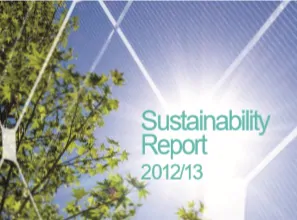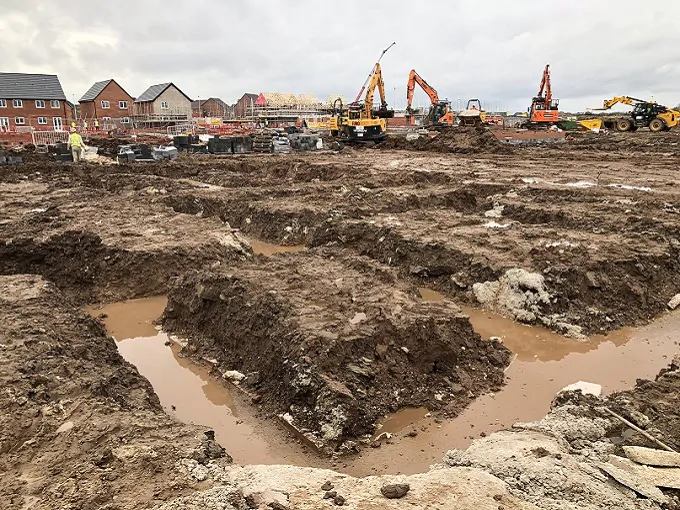

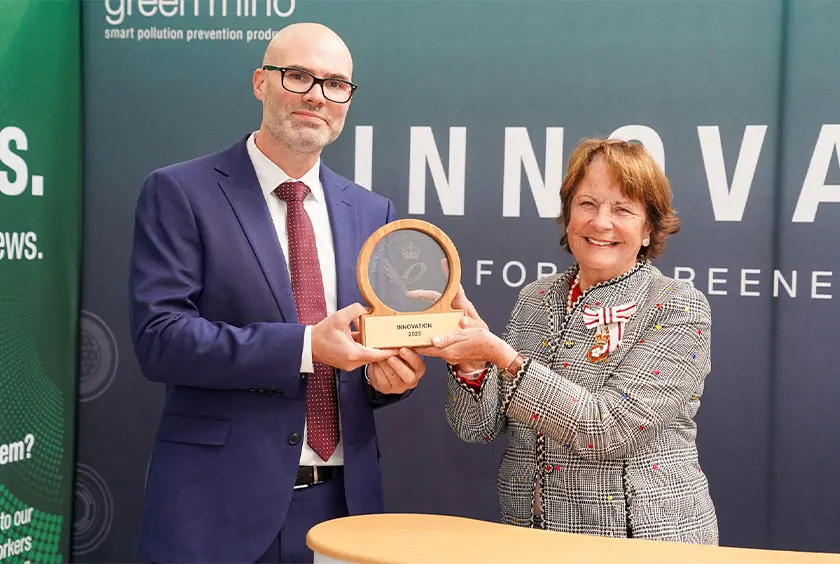
Green Rhino presented with the King’s Award for Enterprise in Innovation

Green Rhino Honoured With King’s Award for Enterprise

Green Rhino Launches EnviroPad 5.0

EnviroPad Named Best Product Innovation at Construction News Awards 2024
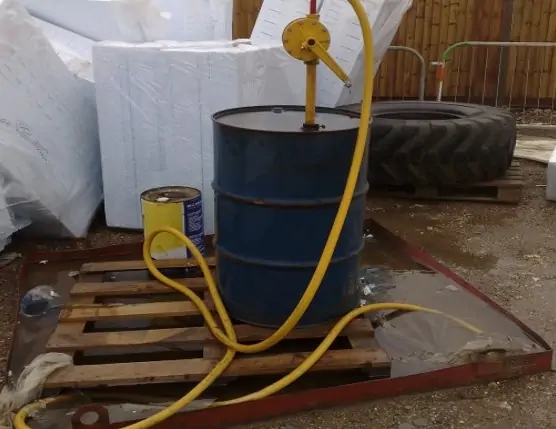
Best Practice Guide to Spill Control (USA): How Top Companies Approach the 3 Common Types of Workplace Spill

Our Journey Towards Net Zero
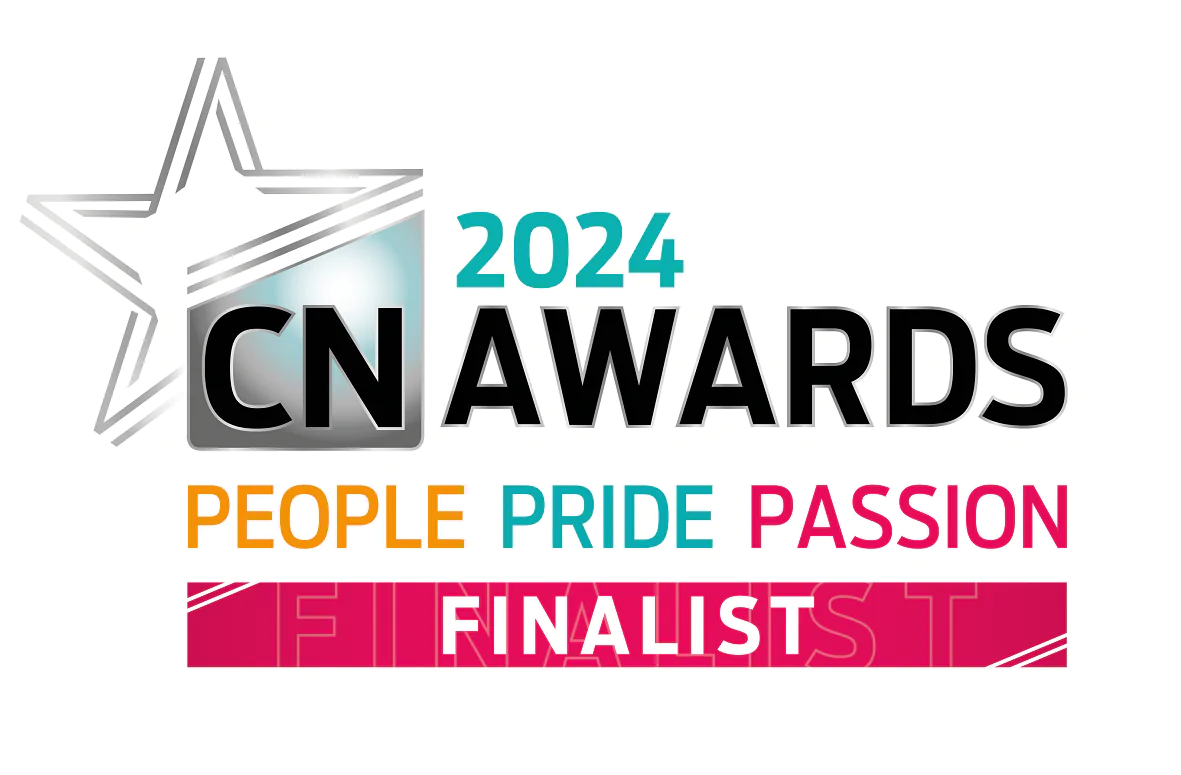
Green Rhino a Finalist in Construction News Awards
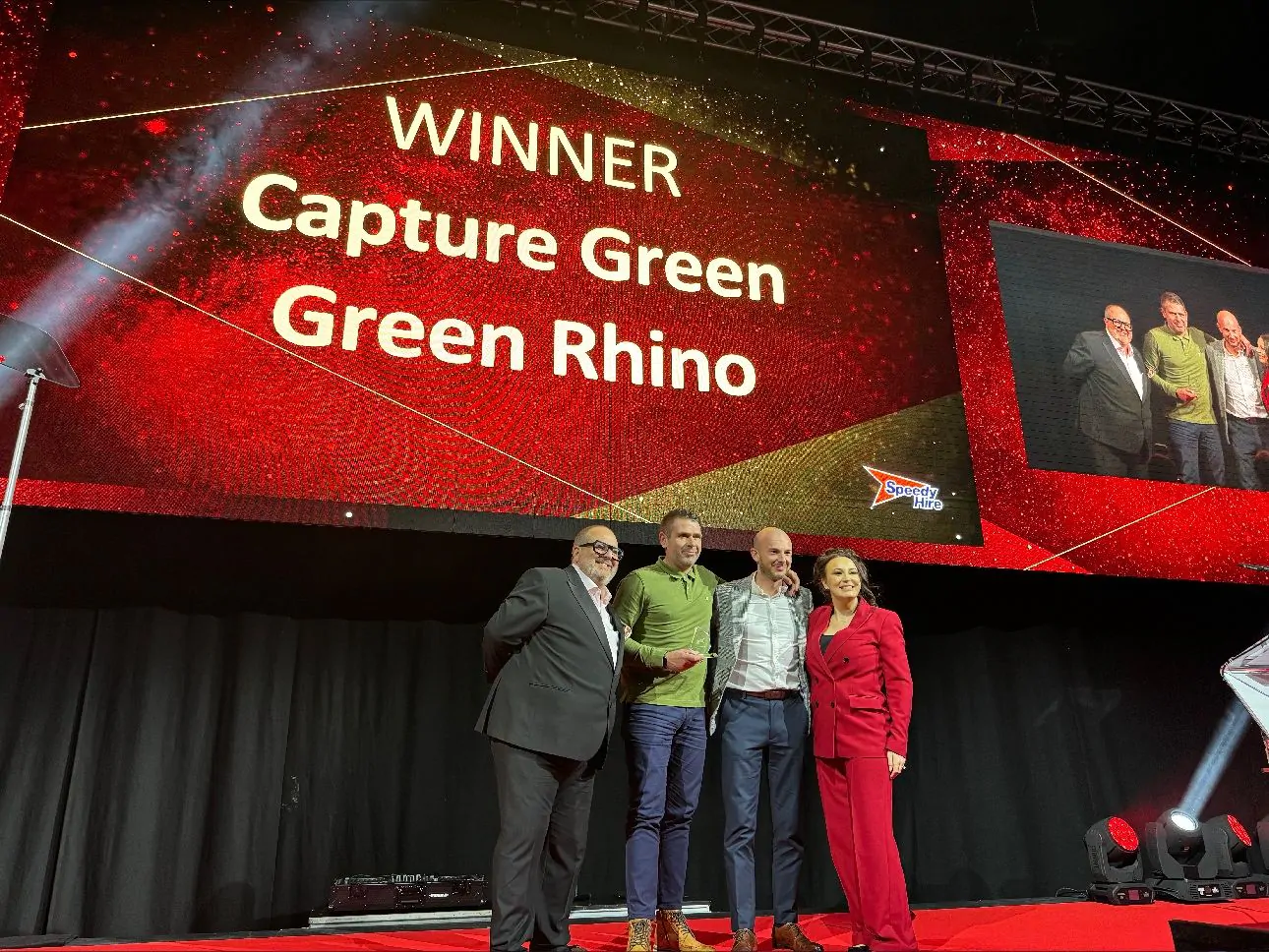
Green Rhino Wins at Speedy Awards
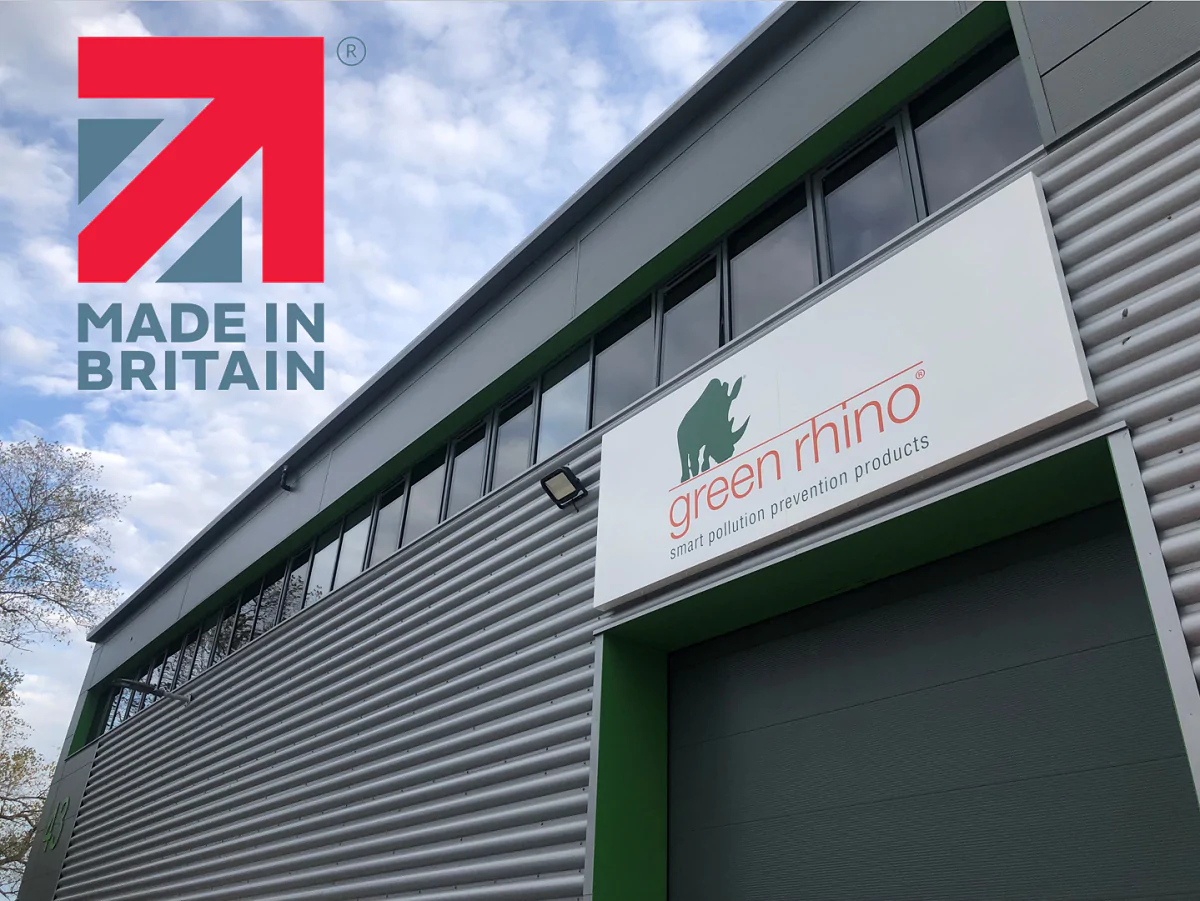
Green Rhino Joins the Made In Britain Community

5 Top Tips for Preventing Pollution When Budgets are Tight
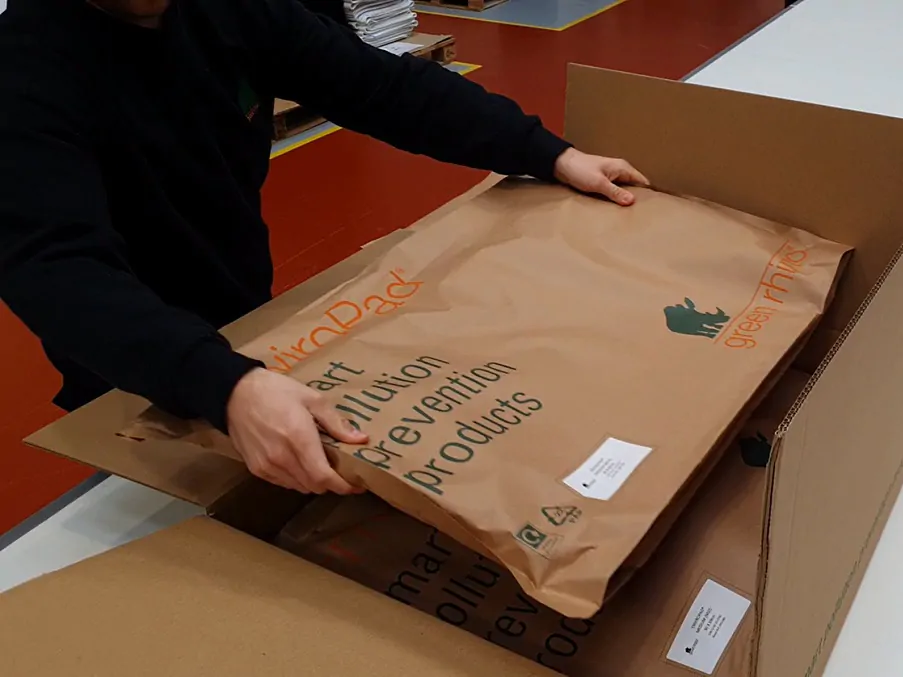
Our product packaging is now 100% recyclable
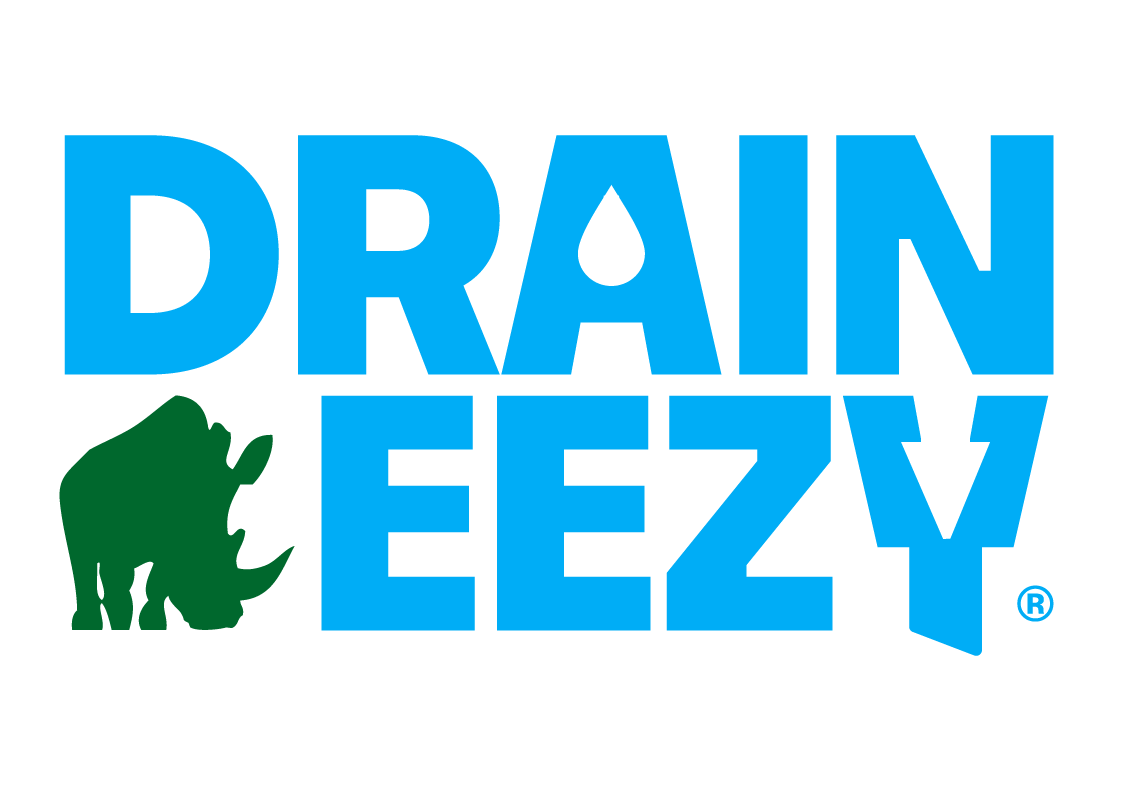
A new identity for our bund and site drainage range
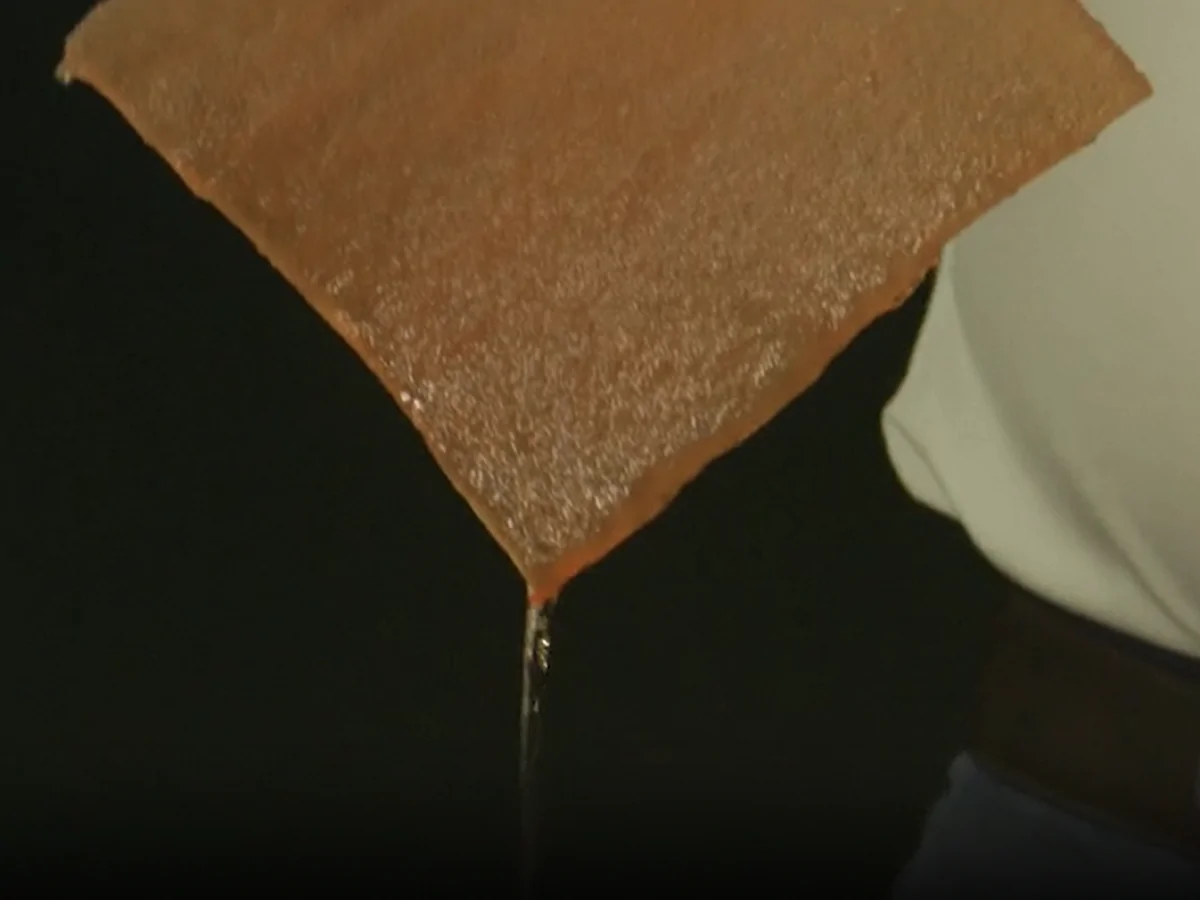
Why you can’t trust absorbents
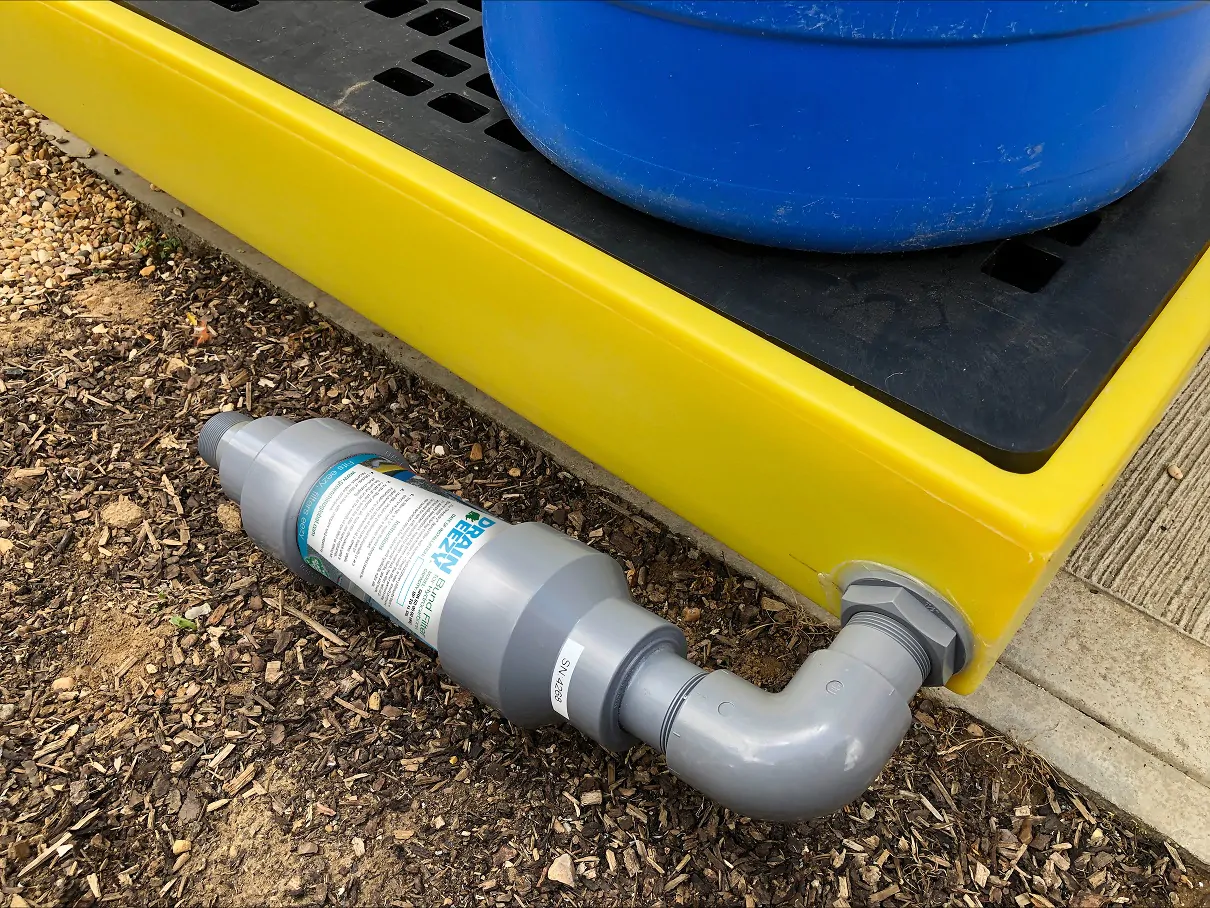
Can You Port a Drainage Device to a Secondary Containment Bund? (UK)
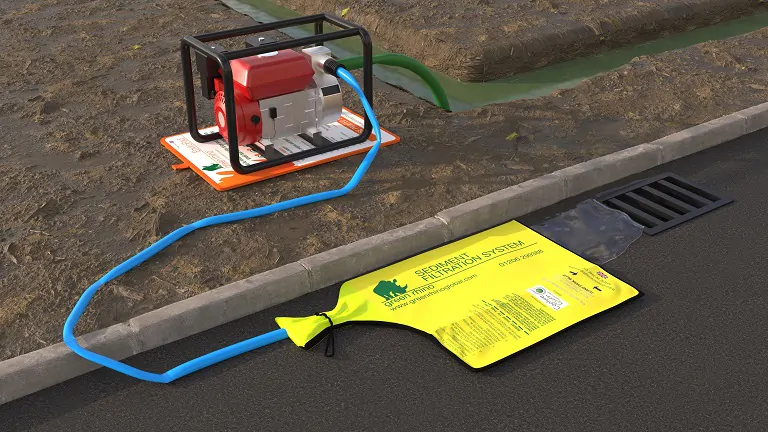
Sediment Control on Construction Sites
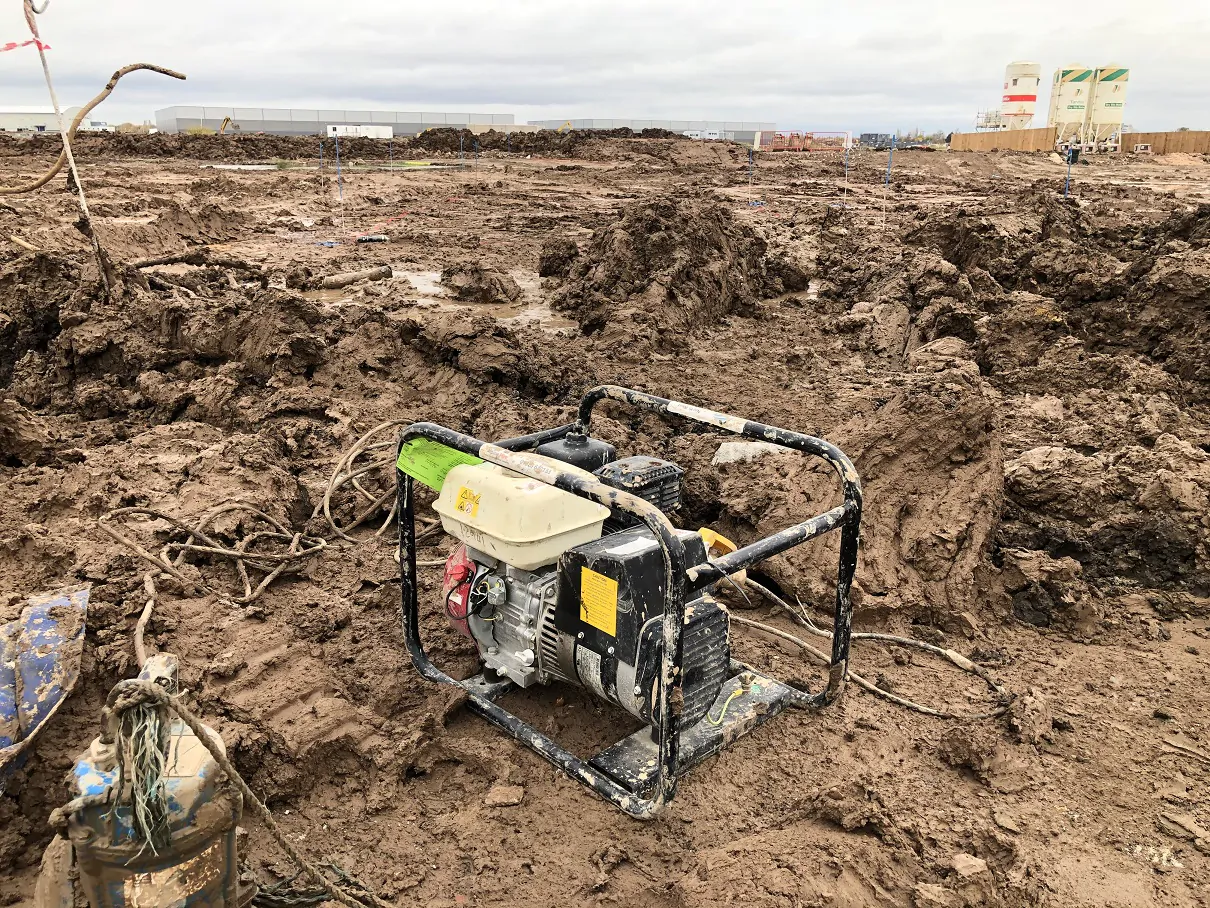
A Guide to the Environmental Impact of Construction Projects
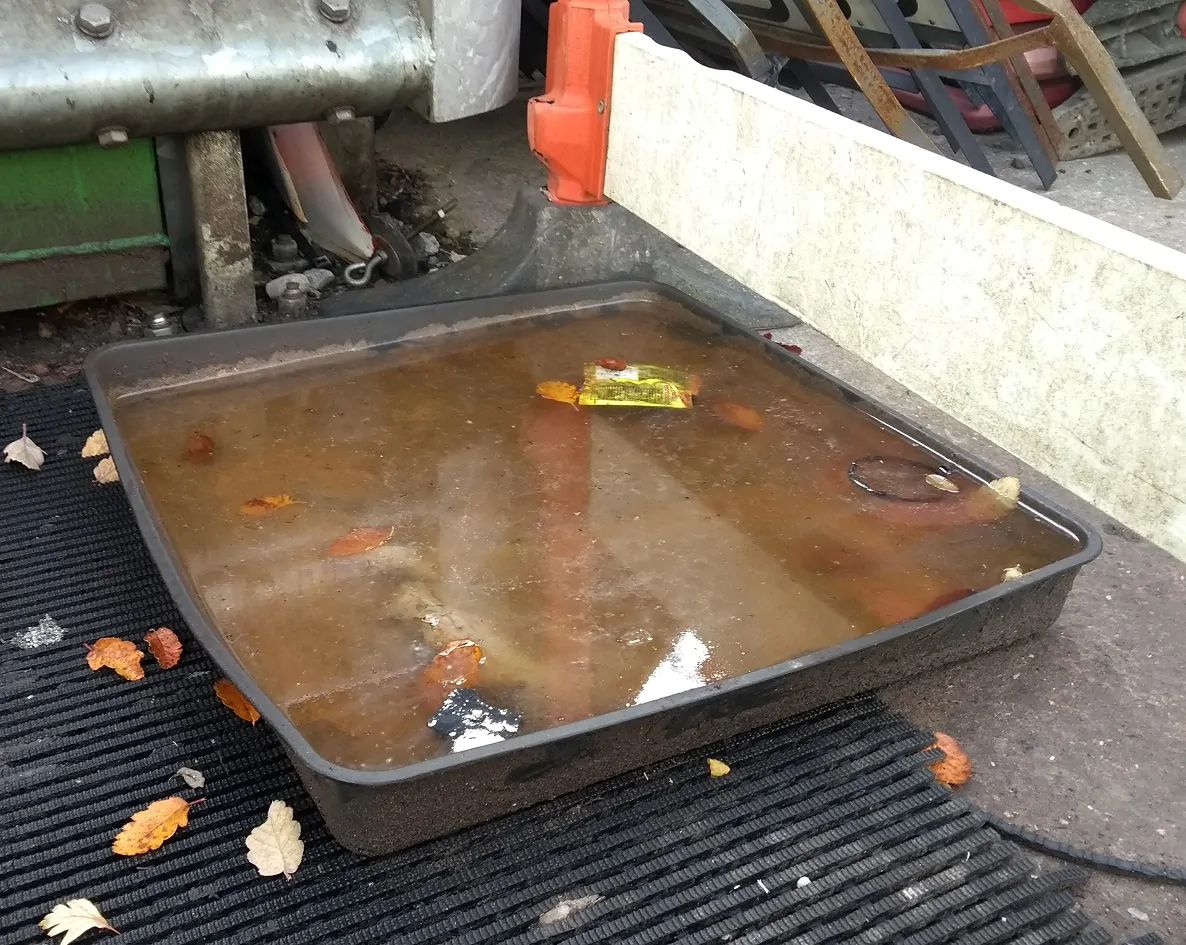
Best Practice for Pollution Prevention Part 1: Spill Control
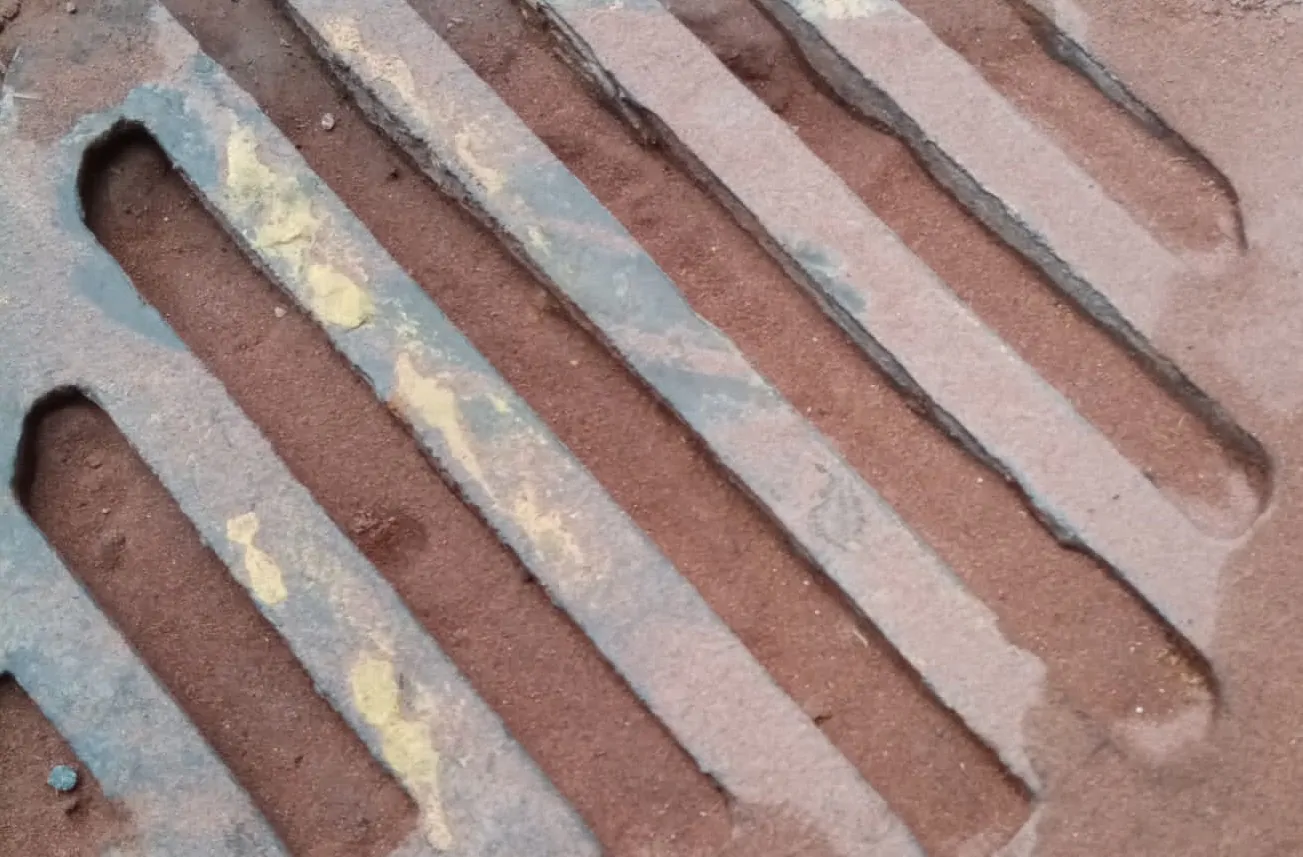
Best Practice for Pollution Prevention Part 2: Drain Protection
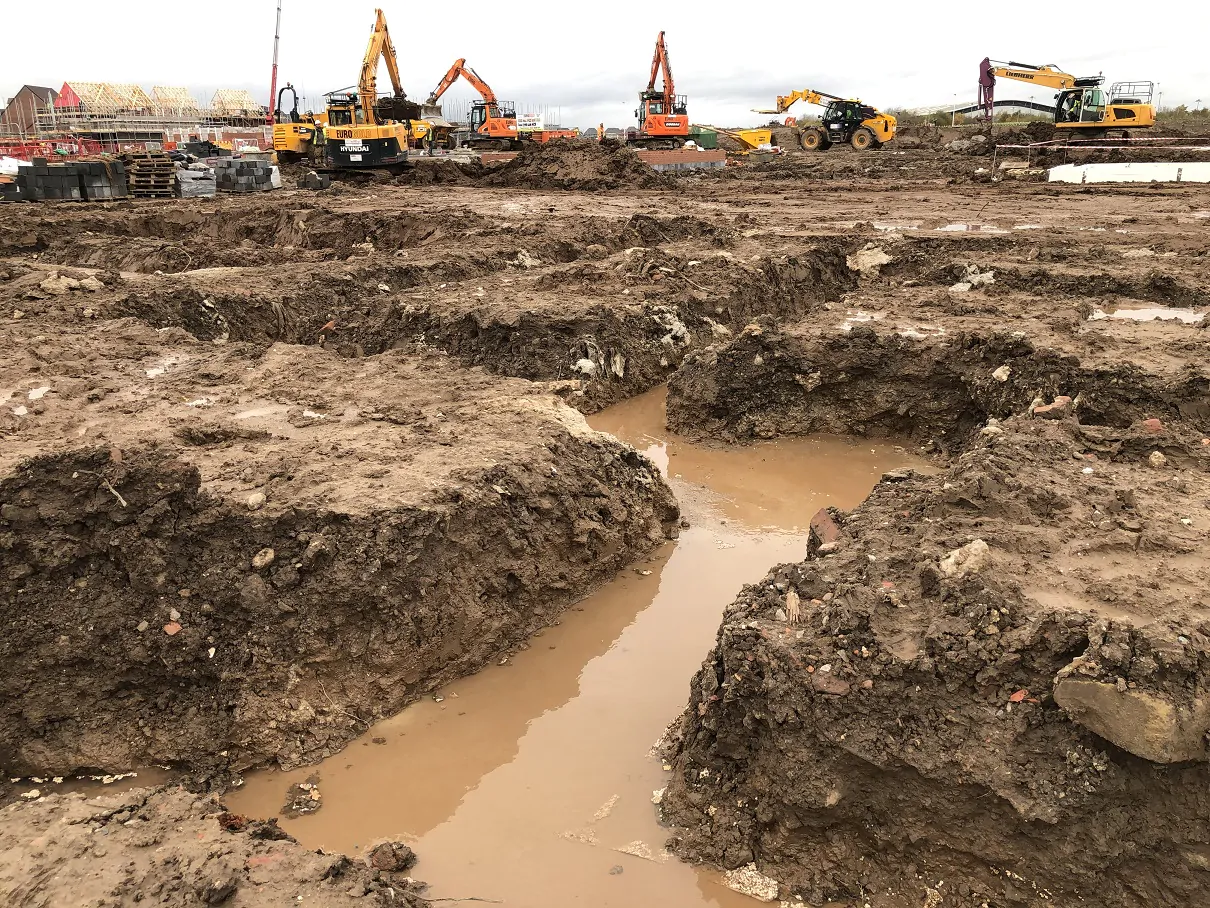
Best Practice for Pollution Prevention Part 3: Dewatering
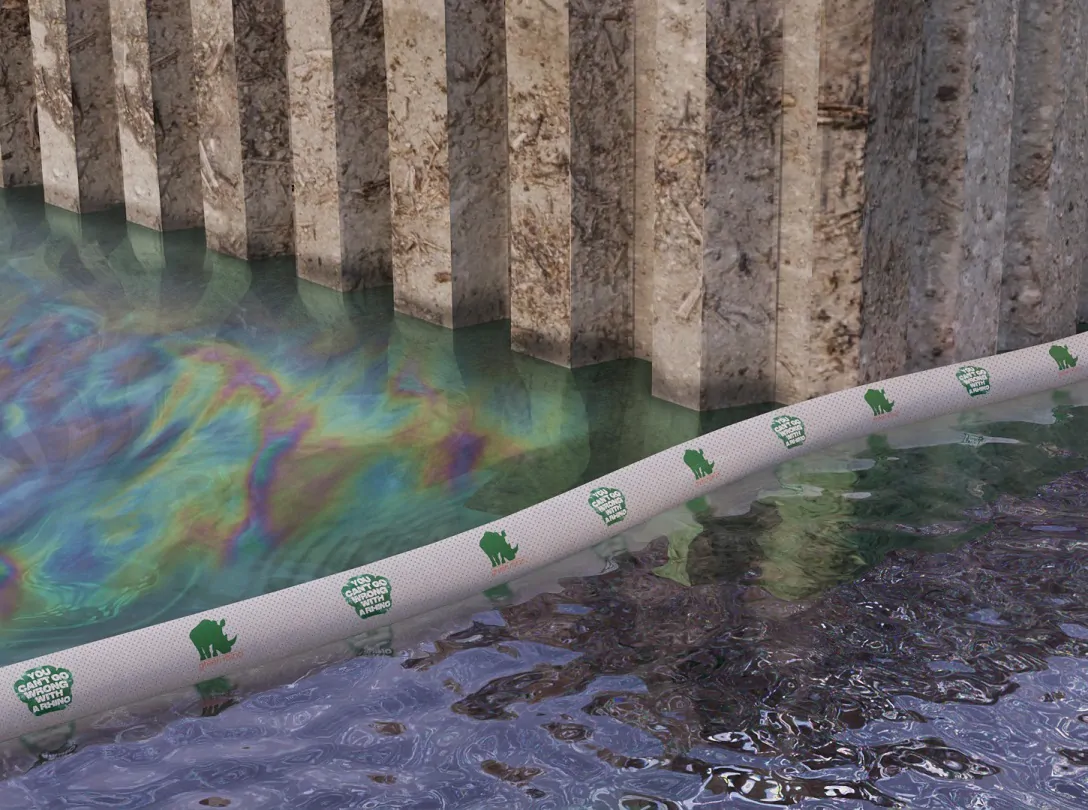
How Oil-absorbent Booms Work
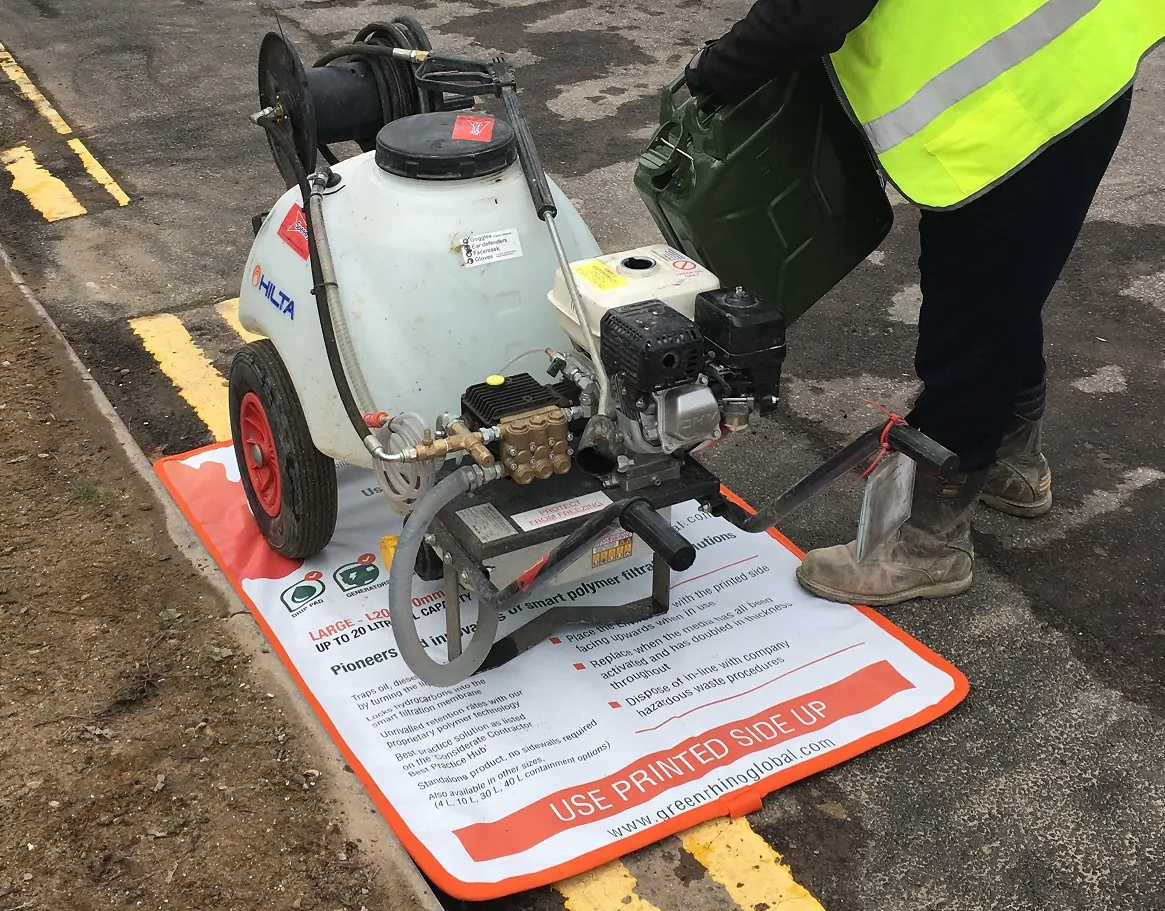
Spill Mat, Bund or Spill Kit – A Brief Guide to Spill Control
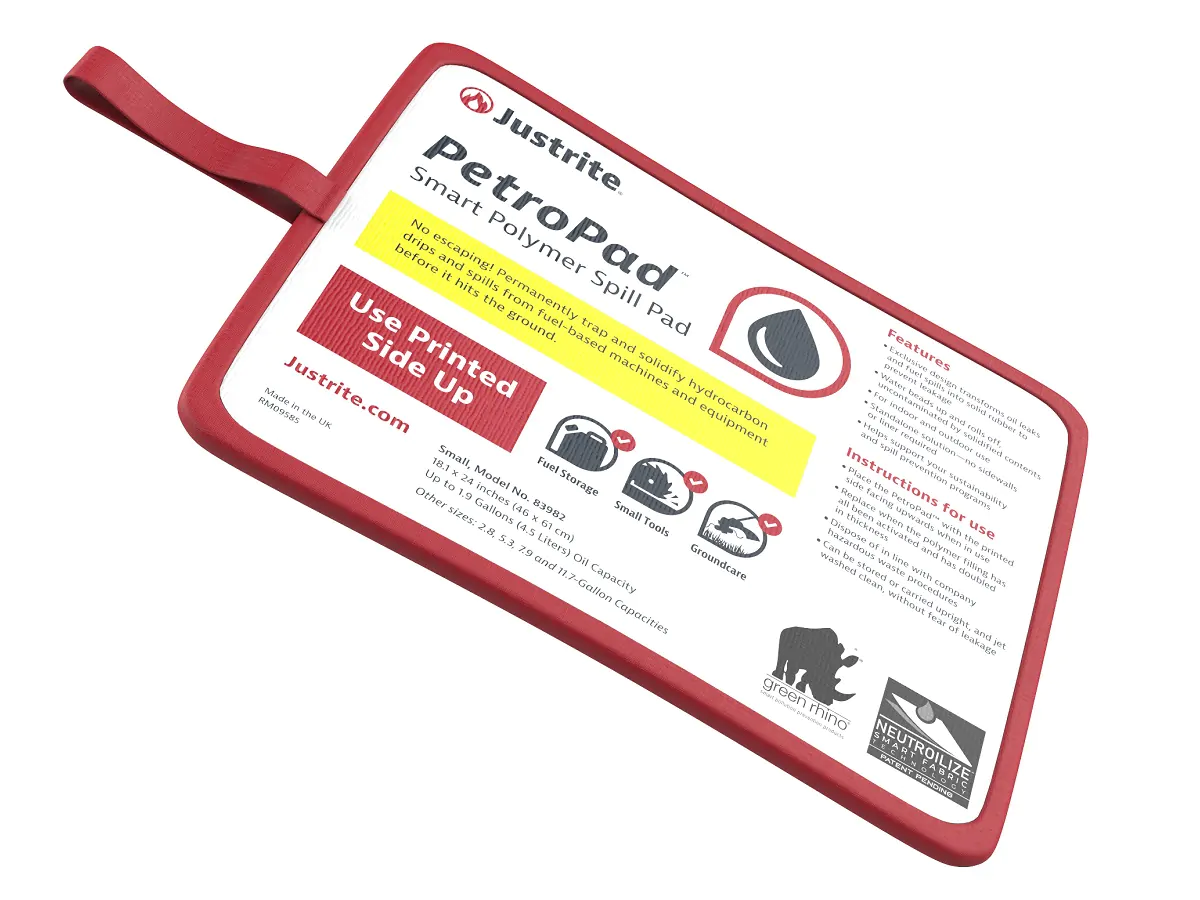
Green Rhino Appoints Justrite Safety Group as Exclusive Distributor of EnviroPad Spill Mat in the Americas
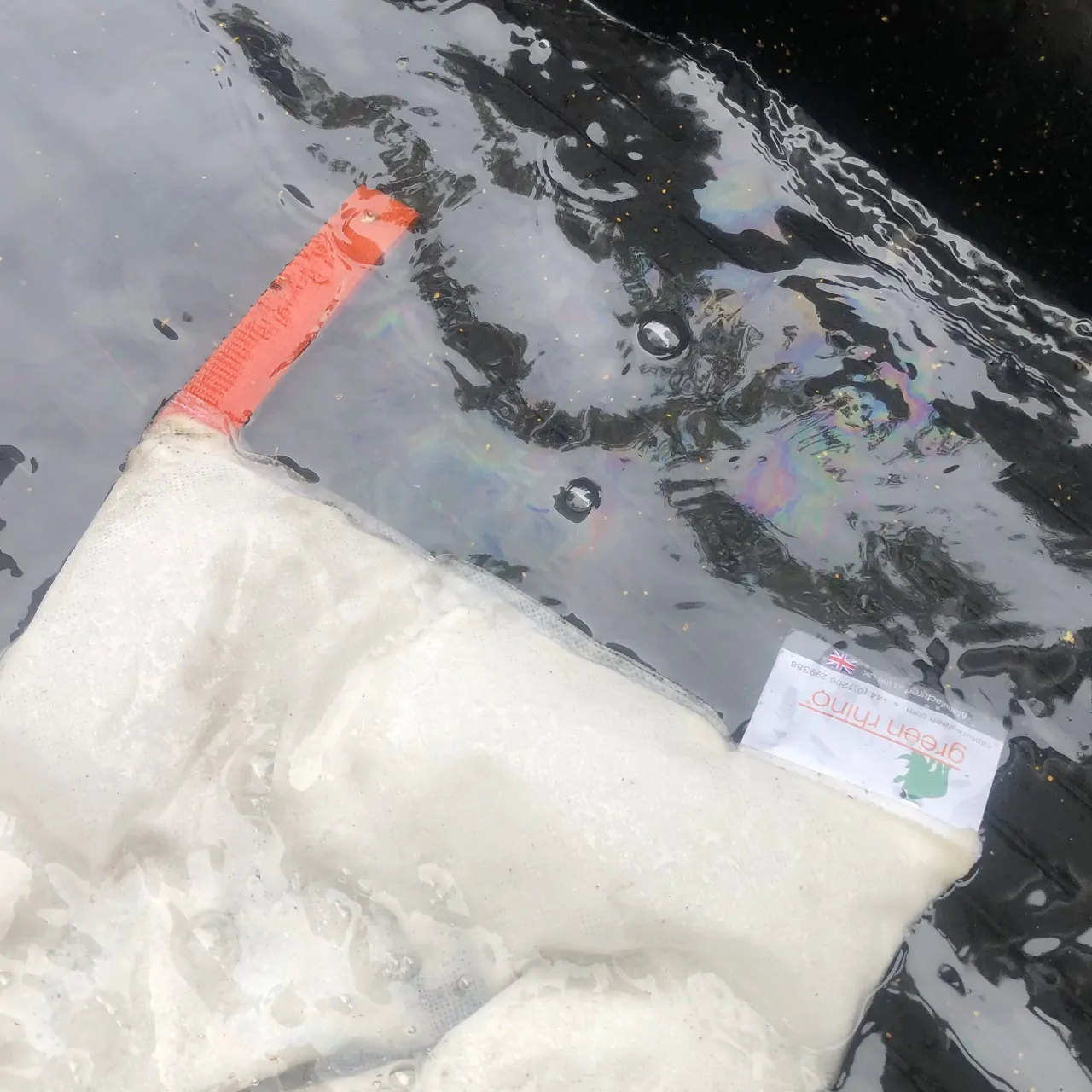
How To Detect Oil In Water And The Best Ways To Remove It
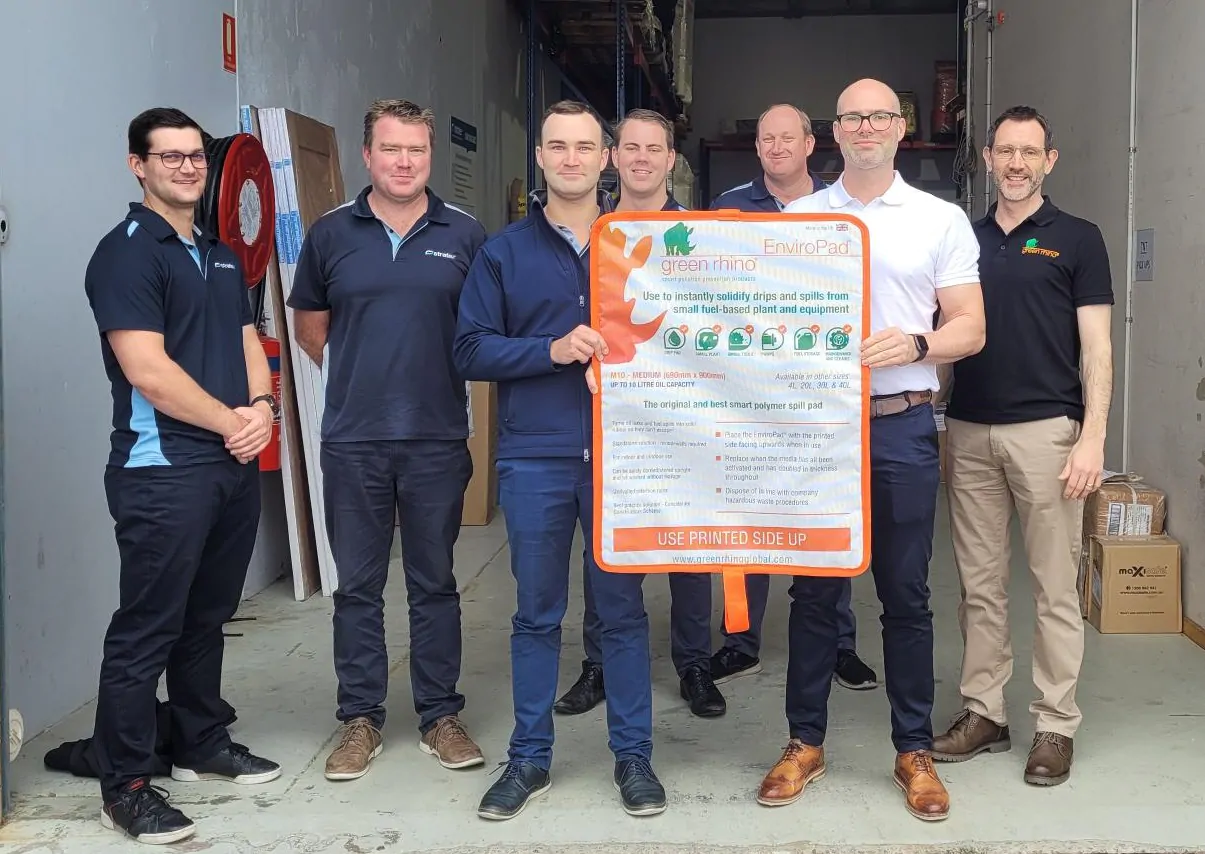
Green Rhino Partners with Stratex in Australia
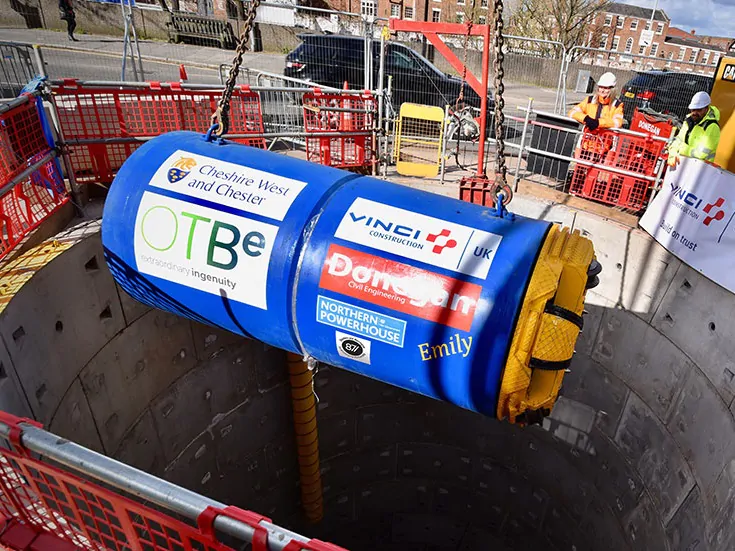
VINCI Construction Chooses EnviroHorn™ Drain Filter for Chester Drainage Tunnel Project
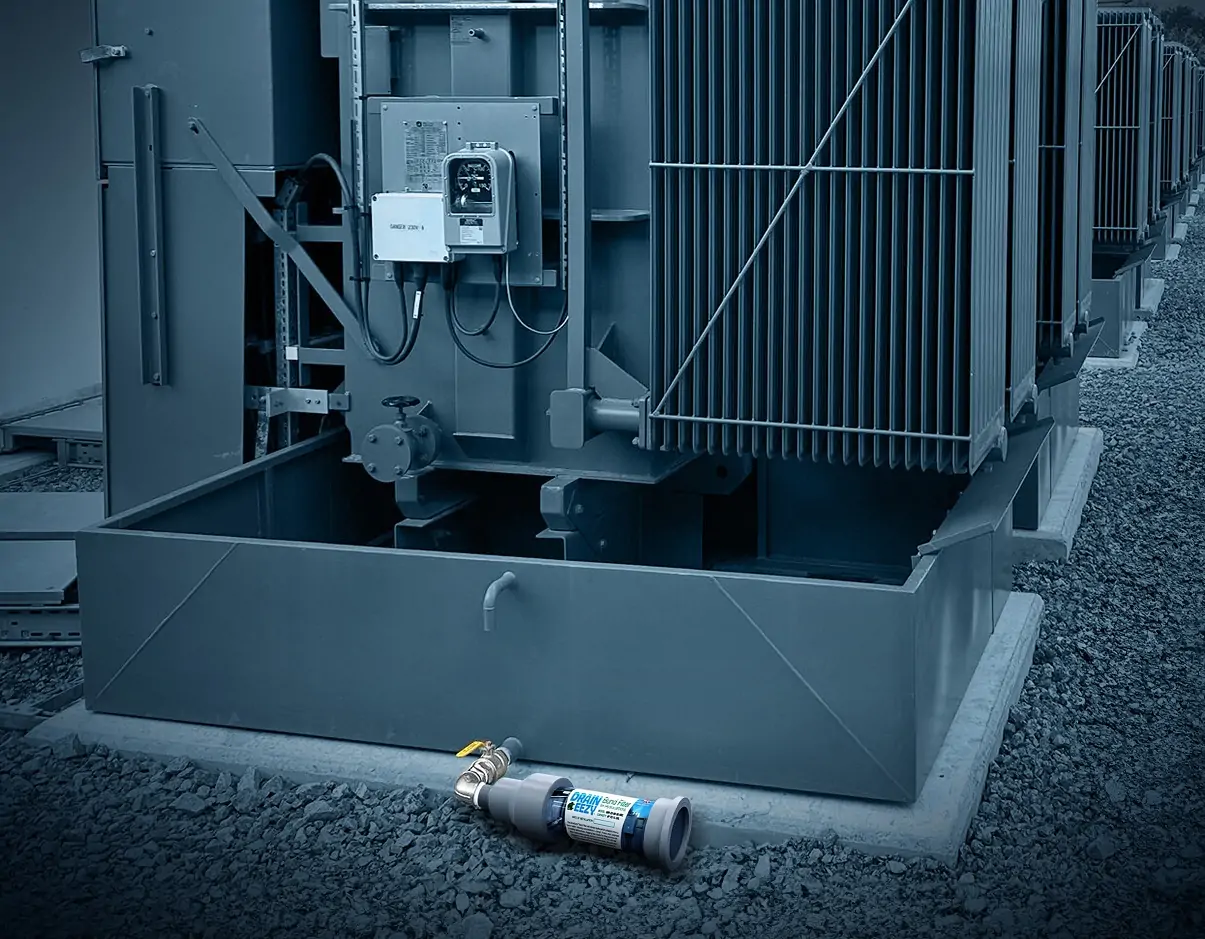
The Best Way to Dewater New Transformer Bunds
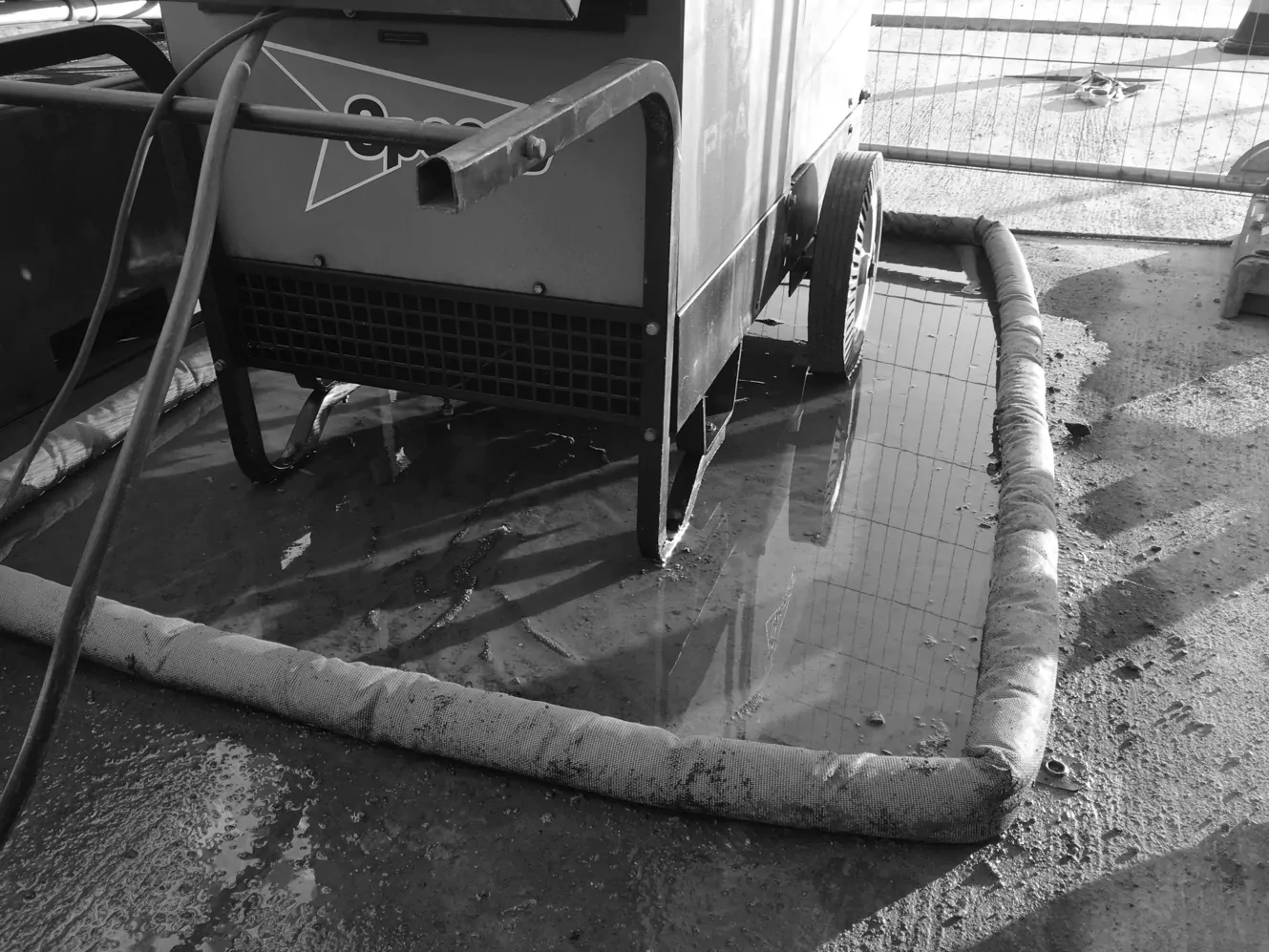
Why Many Spill Control Policies Are a Waste of Money
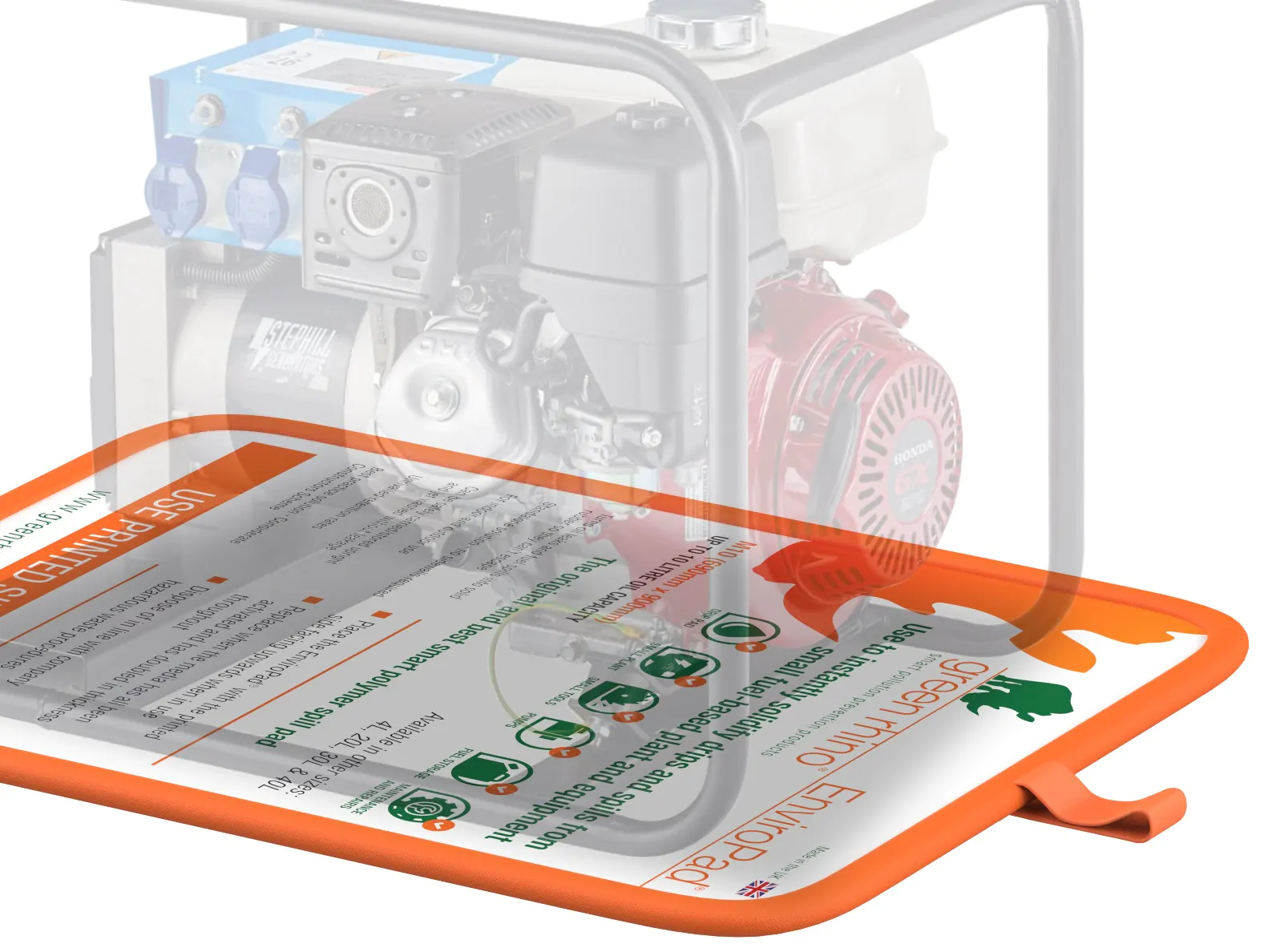
Esh Construction: Using EnviroPad Boosts Environmental Credentials
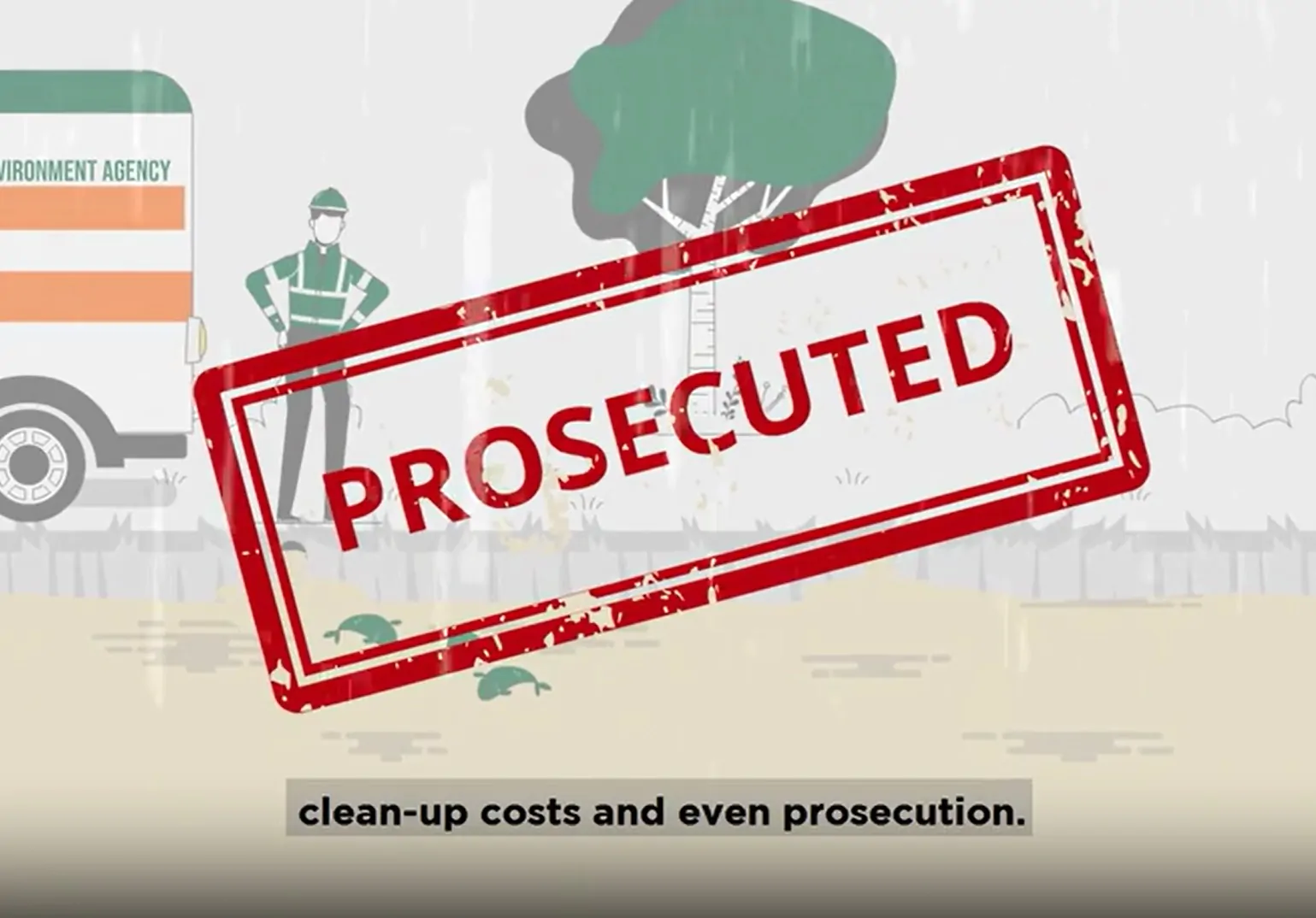
Know the Law: Spill Prevention & Dewatering
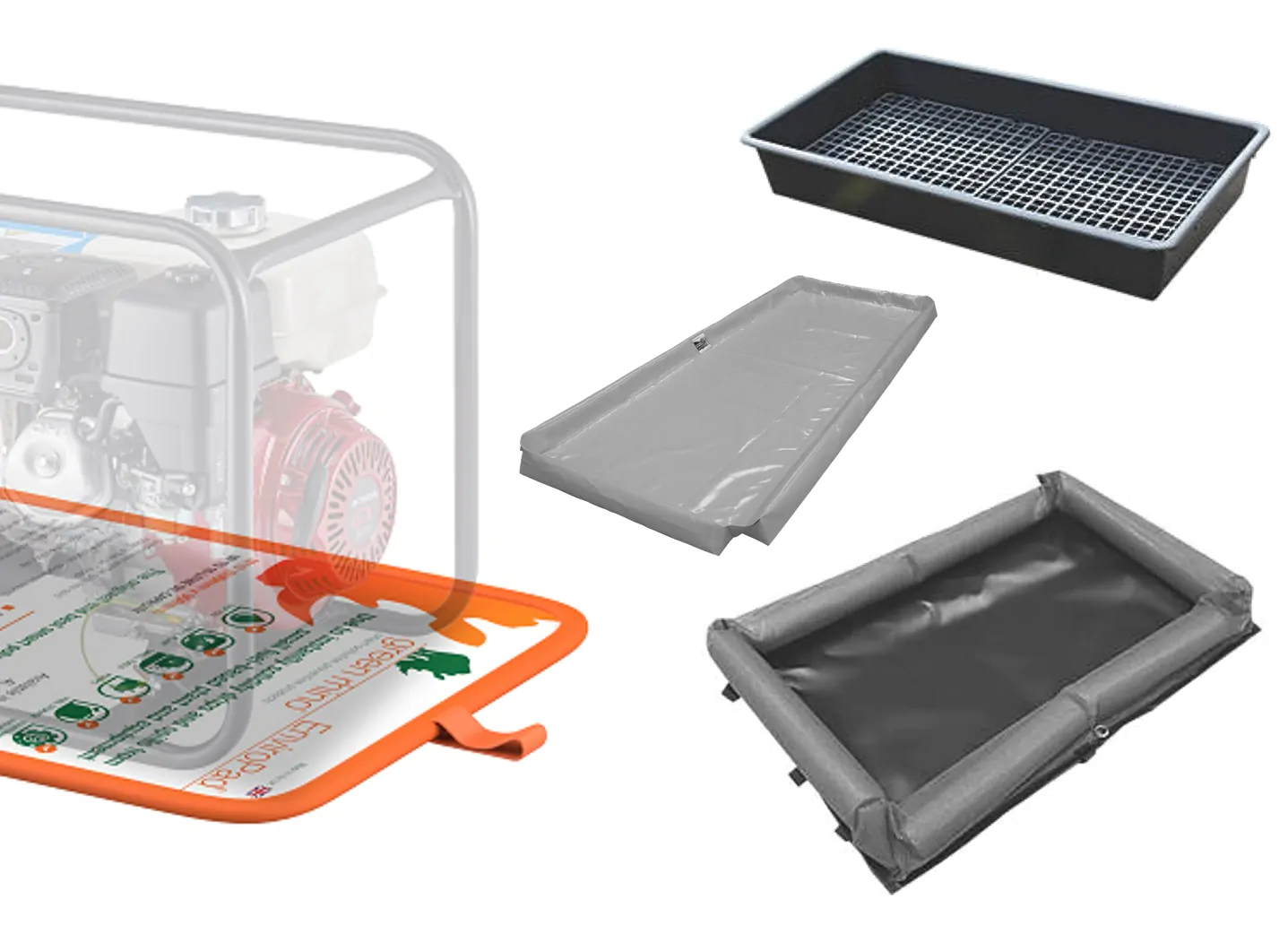
Which Spill Mats and Pads are Best for Absorbing Oil?
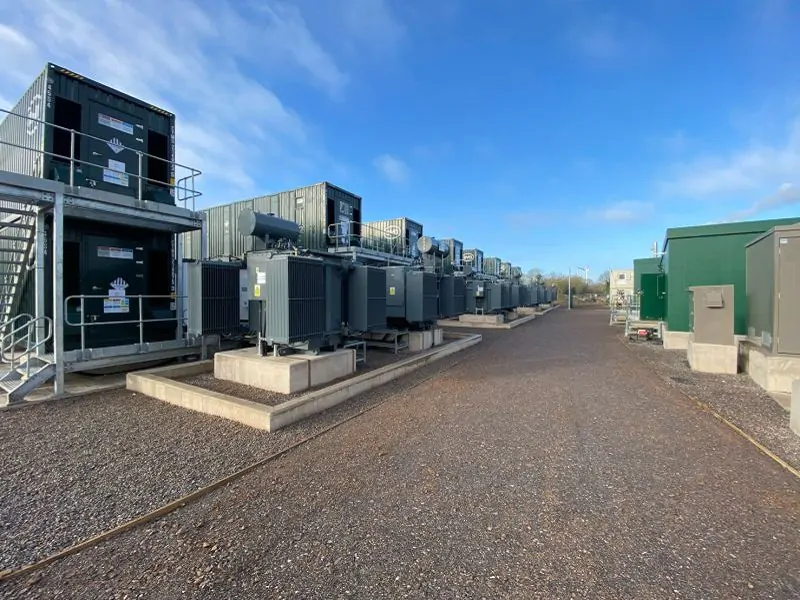
Case Study – Oil Removal Cartridges Deliver Significant Cost Savings for Independent Connection Provider
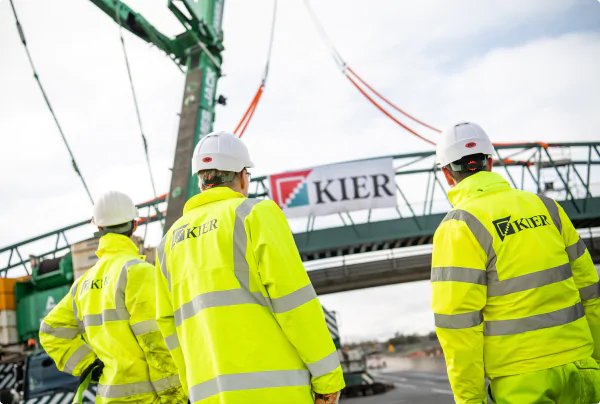
Kier Highways Project Adopts EnviroPad® as Best Practice
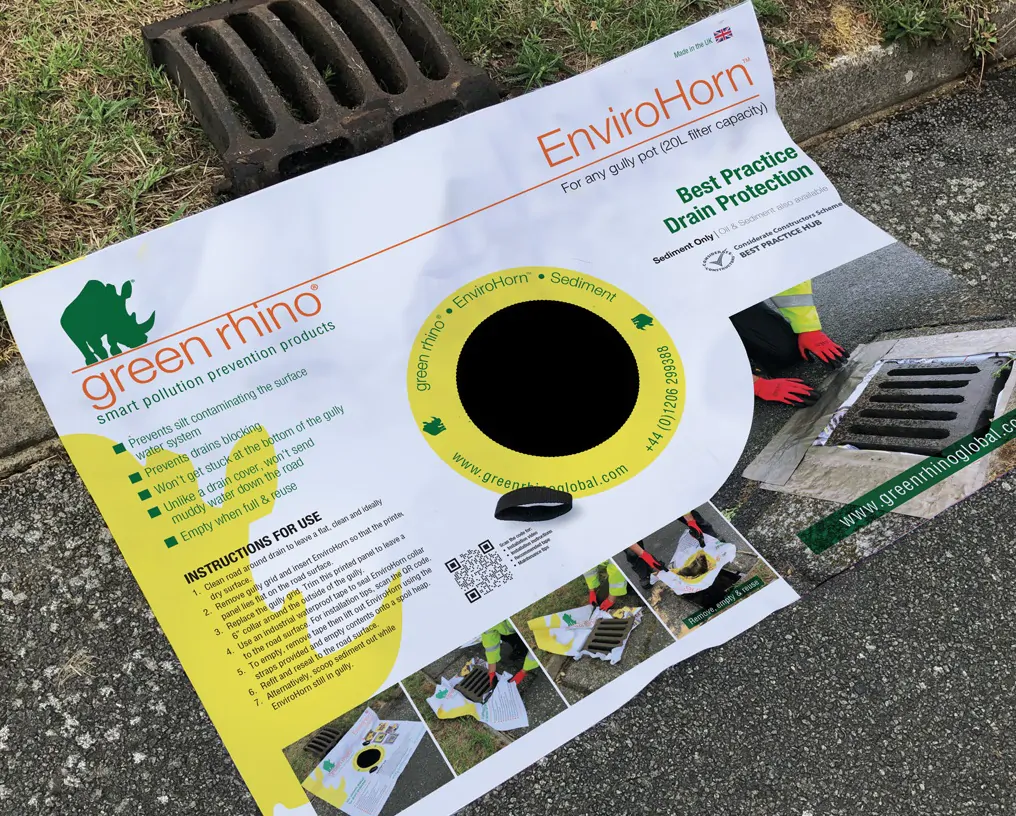
EnviroHorn Drain Filter Becomes 5th Green Rhino Product Listed on CCS Best Practice Hub
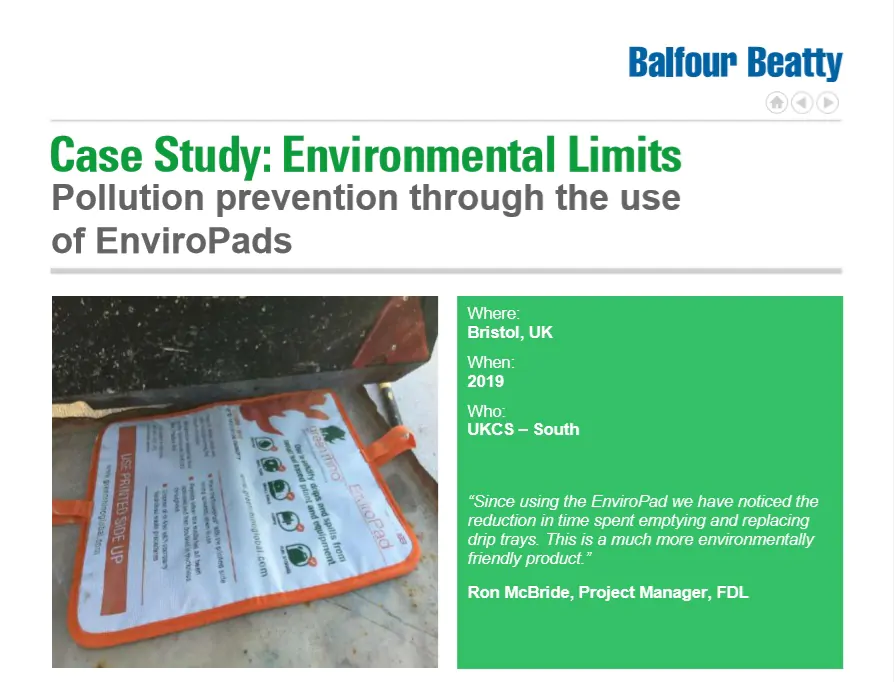
EnviroPad Features in 2019 Sustainability Case Studies

Oil Retention Booms Protect Watercourses on A5-M1 Link
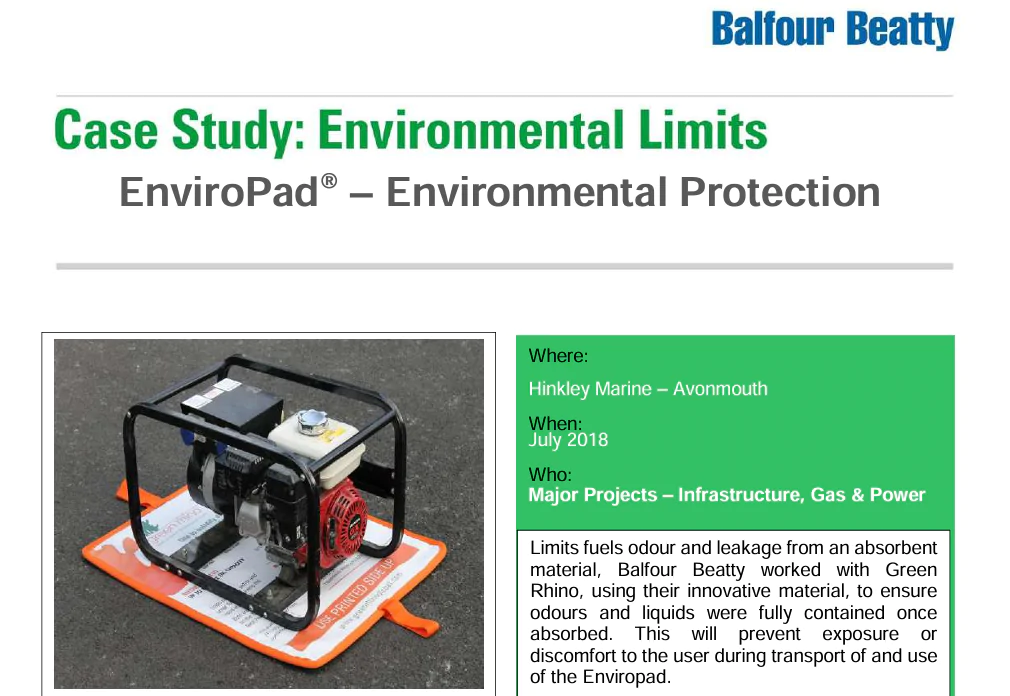
EnviroPad Features in 2018 Sustainability Case Studies
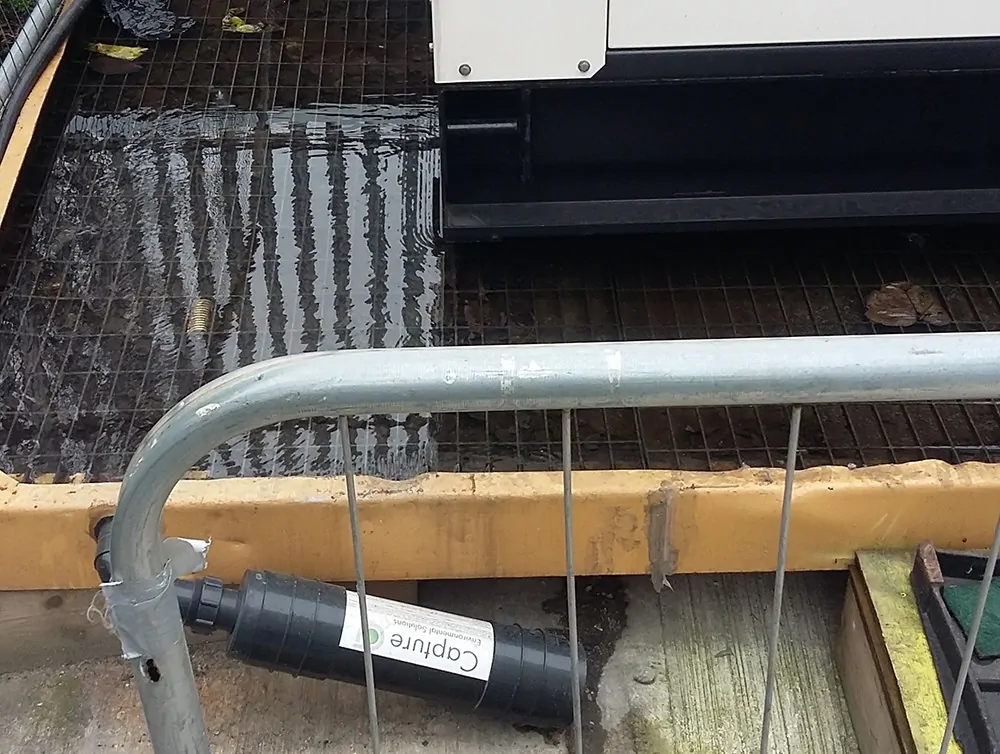
VolkerFitzpatrick List Green Rhino Oil Removal Cartridge on CCS Best Practise Hub
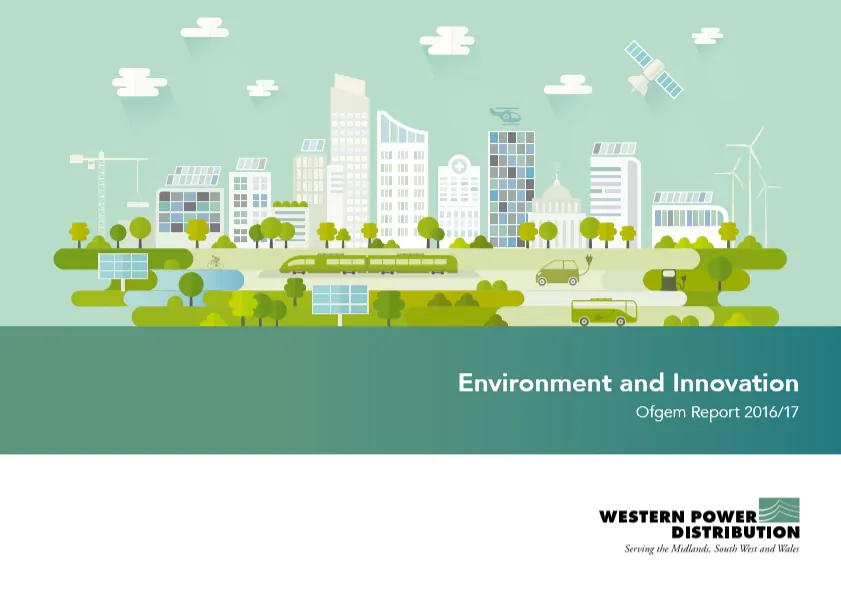
WPD Uses Green Rhino Water Remediation Chambers To Prevent Creosote Pollution
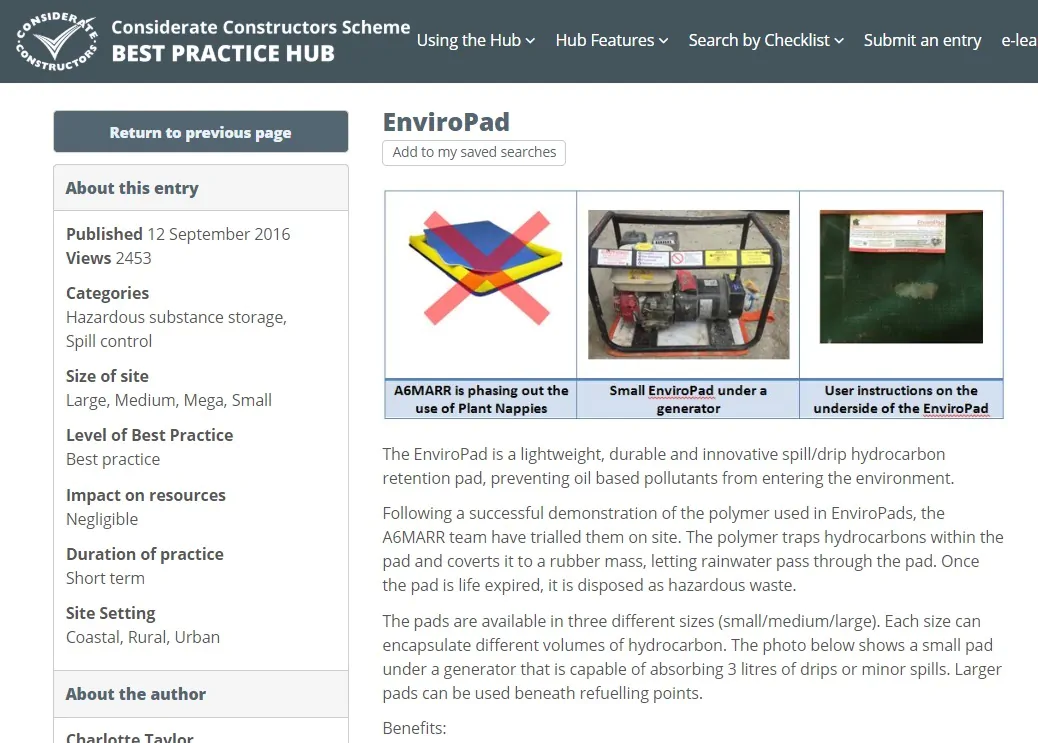
Morgan Sindall Rates EnviroPad Best Practice For Spill Control

Green Rhino Technology Part of UKPN Innovation Strategy
